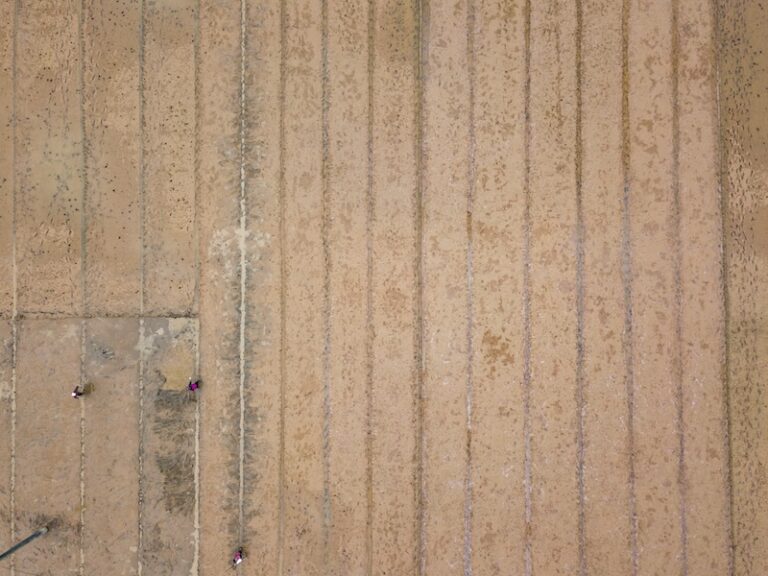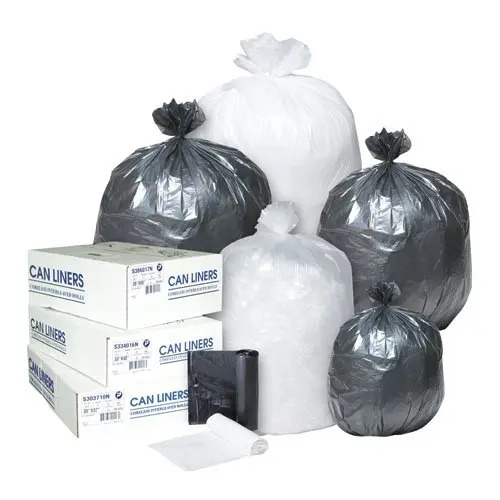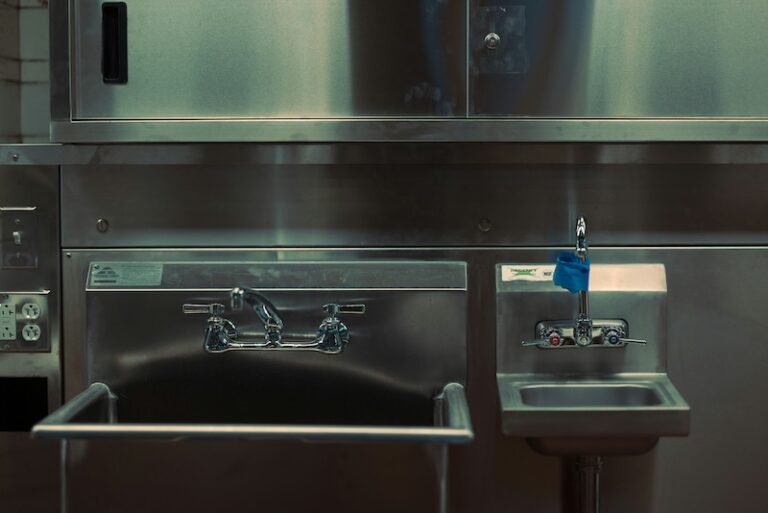

Have you noticed trash bags slipping into bins, tearing under minimal weight, or wasting material with excess overhang? Many business managers face these issues—but the right trash liner can prevent mess, reduce costs, and keep your space looking professional.
A well-chosen liner improves cleanliness, efficiency, and safety. Here’s what to consider:
1. Get the Size Right
Measure your bin’s width (or diameter for round cans) and height, then add 4–6 inches to both dimensions. This ensures the liner wraps securely and allows space to tie it off when full.
2. Choose the Correct Thickness
3. Match the Seal Type
4. Pick the Right Material and Color
5. Think Eco & Custom Options
A mid-sized restaurant in Wesley Chapel struggled with torn liners under kitchen scraps. Switching to thick low-density liners (around two mil thickness) with a star seal bottom eliminated leaks, reduced bag waste, and made cleanup faster and cleaner.
| Environment | Best Liner Type | Why It Works |
| Office/restroom | HDPE (thin, micron-rated) | Ideal for lightweight, dry waste |
| Kitchen/Workshop | LDPE/LLDPE (≥1.5 mil) | Better for wet, sharp, or heavy trash |
| Recycling/Visible Waste | Clear HDPE | Contents be seen for easier sorting |
| Public/Hospital Areas | Opaque or color-coded | Keeps waste discreet and aligns with codes |
Q: What liner thickness is needed for kitchen areas?
A: Go with 1.5–3 mil liners—they resist punctures and handle wet, heavy loads.
Q: Can smaller businesses benefit from custom liners?
A: Yes—custom liners offer a perfect fit, durable material, or branding touches, even for small spaces with unique bins.
Q: Is a star seal always the best choice?
A: Star seals are generally best for leak prevention and adaptability—but box or flat seals may work depending on your bin and waste type.
Q: How much overhang is ideal?
A: A 4–6 inch overhang ensures secure placement and facilitates easier bag removal.
Choosing the right trash can liner may seem like a minor detail, but it has a significant impact on cleanliness, costs, and daily efficiency. By considering liner size, thickness, seal type, and materials, you can create a safer, cleaner, and more professional environment.
Need help choosing liners for your business? At Innov8 Supply, we specialize in helping companies of all sizes find the right products for their exact needs. Reach out to our team today—we’re here to guide you toward more innovative, cost-effective solutions.
share this post:

